Which tastes better, Huakui coffee beans or Arabica coffee beans? Arabica coffee beans taste good.
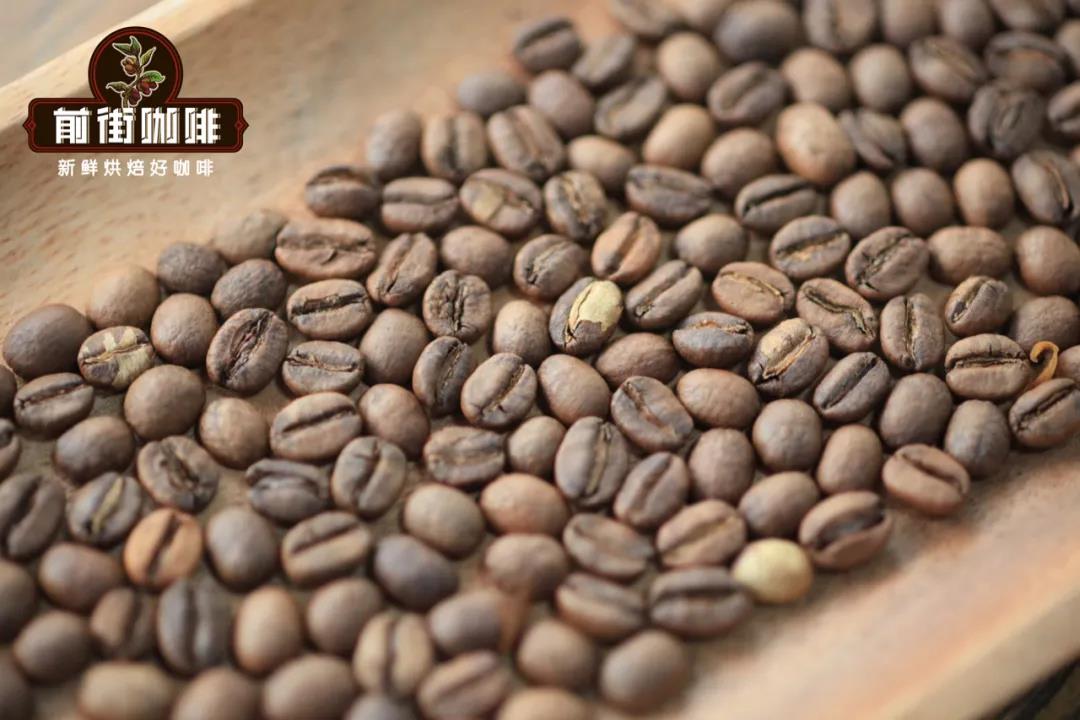
As a famous Arabica variety in recent years, Huakui Coffee comes from the Sidamo region of Ethiopia on the African continent. It belongs to the local native species. It is a sun-dried coffee bean famous for its rich flower and fruit aroma. Qianjie Coffee home-baked Huakui coffee beans will be roasted in medium and light, in order to retain more flower aroma and fruit acid, showing a fuller flavor.
Is the original species Arabica?
Ethiopia is the birthplace of coffee, where tens of thousands of Arabica native species of coffee are preserved, which can be said to be a natural coffee museum. Coffee cultivation is mainly planted by small farmers, which is basically coffee grown by farmers themselves. During the harvest season, the processing station will directly purchase coffee cherries from nearby farmers to deal with them.
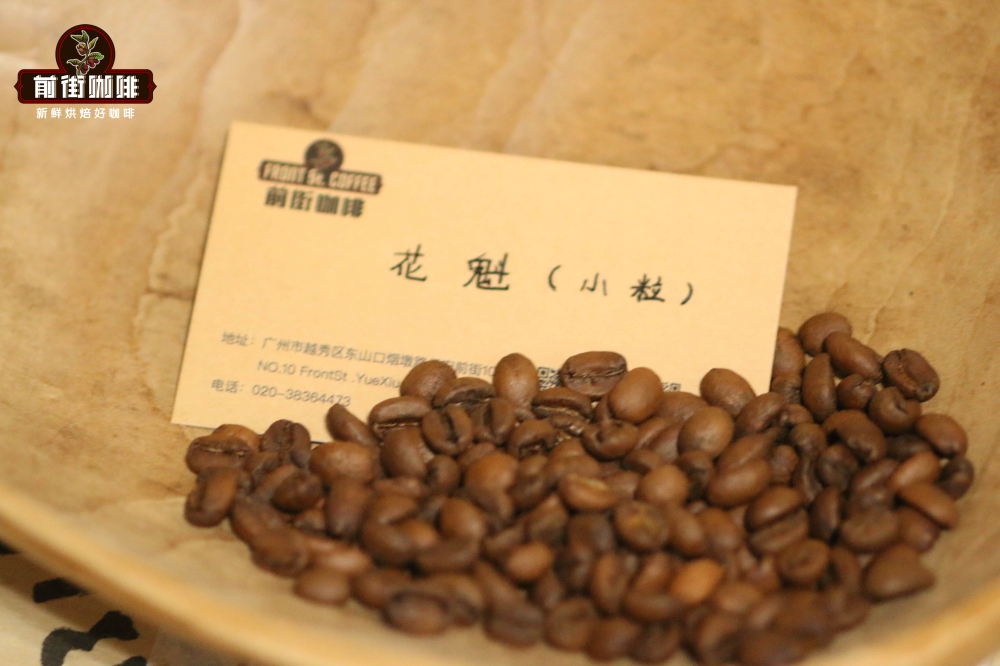
Coffee varieties are already very complicated and difficult to identify, and the Ethiopian government is reluctant to disclose these varieties for the sake of protection, so these coffee varieties are collectively referred to as "native species / Heirloom". Coffee as a crop, the performance of its flavor is naturally inseparable from the innate factors of variety and soil. Qianjie believes that Essel coffee can have charming aroma and fruit tone, which is largely due to the unique planting environment and the excellent quality of the original species.
What is tanned coffee?
Sun treatment is one of the oldest ways to treat raw beans in Ethiopia. Coffee fruits are dried in the sun immediately after picking, which is common in areas where there is plenty of sunshine or lack of water resources. Nearly 70% of Ethiopian coffee is tanned. Qianjie believes that compared with washed coffee, sun-cured coffee has lower acidity, higher sweetness, clear touch, but slightly lower cleanliness. Flavor will produce more berry tonality, but also more complex. The classic Sidamo flavor is the use of sun-treated coffee is famous for its mellow and full-bodied, with complex sweetness, sticky and smooth taste, rich layers of spices, flowers and fruit aromas, accompanied by bright sweet.
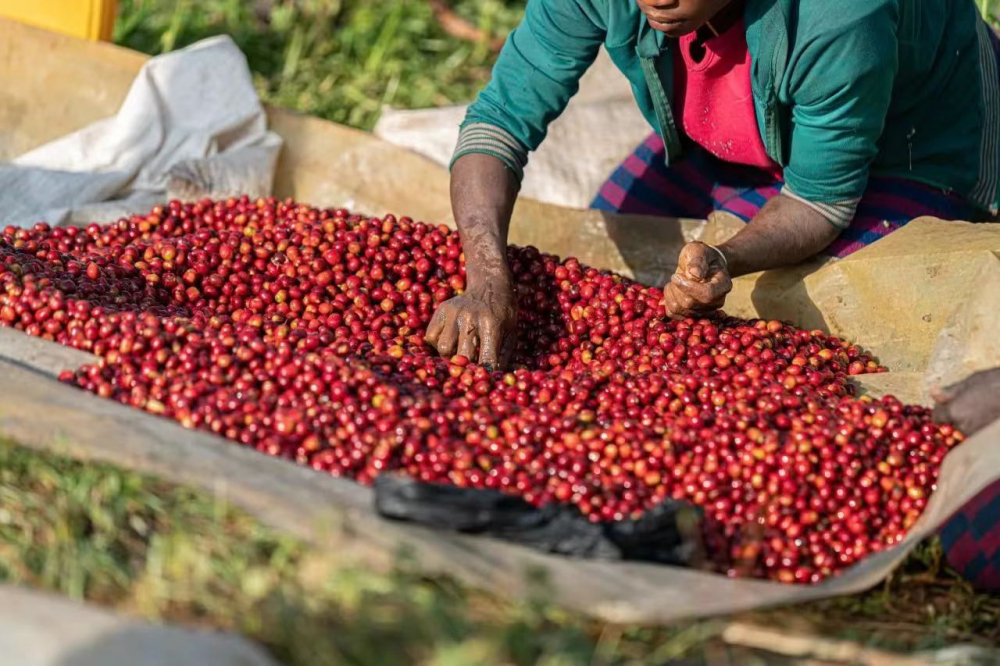
Compared with water washing, the fermentation time of sun treatment was longer, and the reaction degree between bacteria and pulp was higher. When the fruit begins to ferment, microorganisms produce more volatile compounds, especially esters. Although most sugars are destroyed during baking, these compounds are converted into another form of aromatic compounds during caramelization. It is also these aromatic substances that provide more floral aromas and fermented aromas of tropical fruits for ripe coffee beans, such as furan compounds, which make sun-cured coffee wider and sweeter. The Sidamo Sakuran 7.0 coffee beans on the front street bean list are also selected from the sun batch, from Humbera.
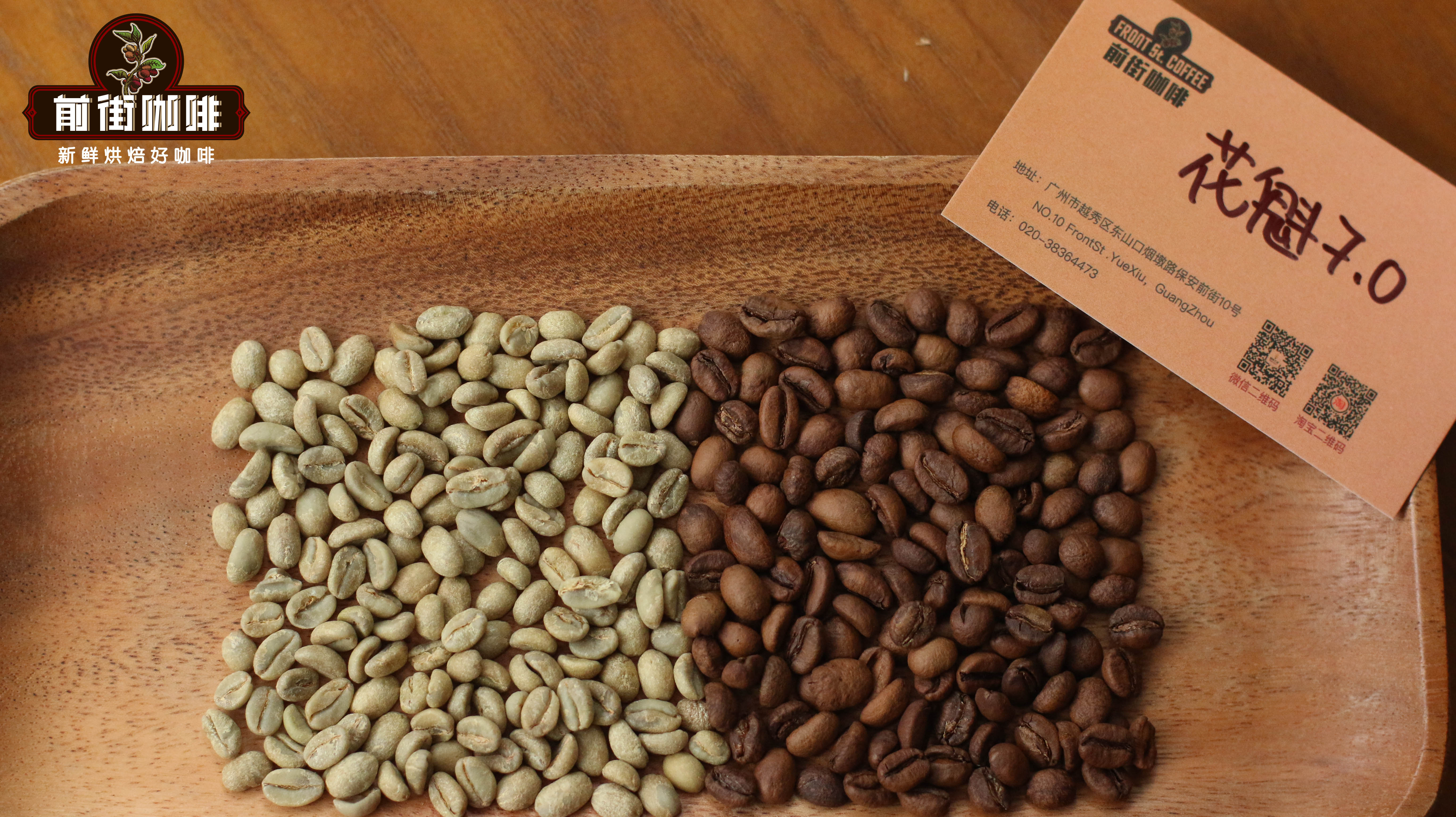
Huakui is also called "Humbela" coffee.
Humbera is located at the junction of the West Damo and Guji producing areas, under the management of the Guji producing area, adjacent to the Cochelle Mountains in Yegashefi, with an elevation of 3200 meters above sea level, making it the highest sub-area in Ethiopia.
Sakuran Coffee began to appear in 2017 when DW selected it as the TOH (Ethiopia National Taste of Harvest competition) of the year and won the championship. Huakui is called Hambella in English, that is, the place name of Hambela. Huakui Coffee is a sun-dried coffee bean from the Buku Abel processing plant in Gucci. Buku Abel, the buku processing plant, will buy coffee cherries in different areas near the farm for processing and sale.
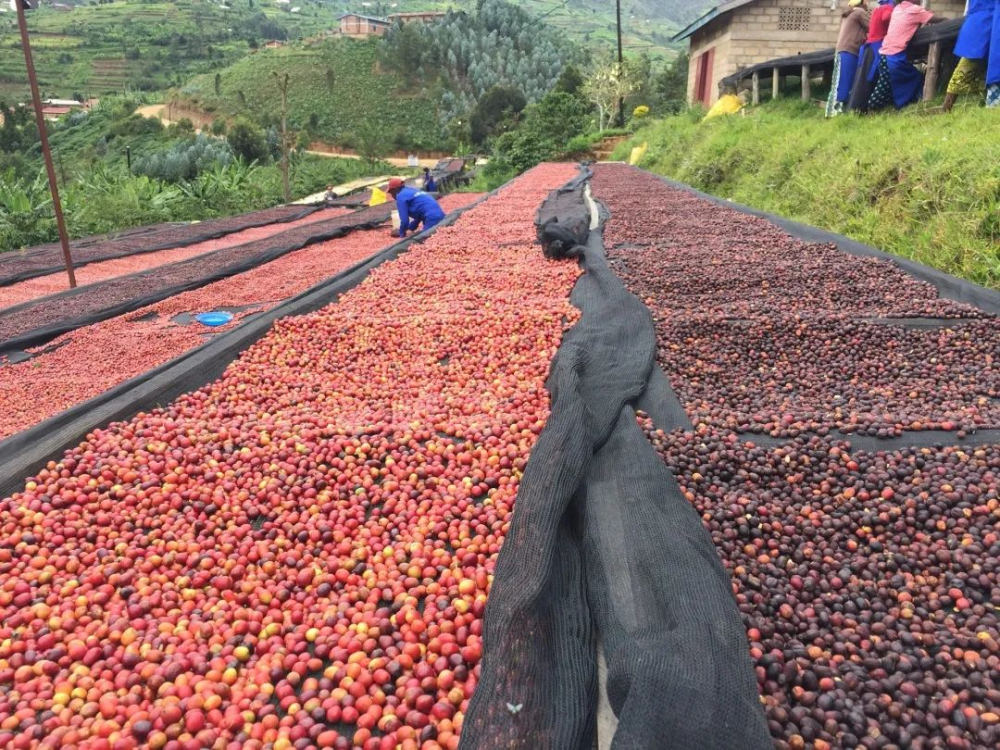
During the annual coffee harvest season (December-January), Buku processing plants organize farmers to pick all-red coffee cherries with a sugar content of more than 30 and put the selected coffee fruits on African scaffolding to dry. As the local temperature difference between day and night is very large, farmers will cover the sun at noon to avoid too high temperature and overferment, and at night they will be wrapped in plastic sheeting to prevent sudden showers. Turn continuously throughout the day to make the fruit evenly dry while preventing the fruit from sunburn or unpleasant fermentation flavor. After about 18 days of sun treatment, the shell of raw coffee beans can be removed by machine with a moisture content of only 13%.
Qianjie wants to show the full fruit flavor of Huakui, so it uses medium and light baking. Through the cup test, the dried aroma of sun-dried Sidamo Sakui coffee has nutty, honey, berry and light fermented aromas, with full sweet and sour taste of passion fruit, cream and strawberry on the palate, and body with a cocoa finish.
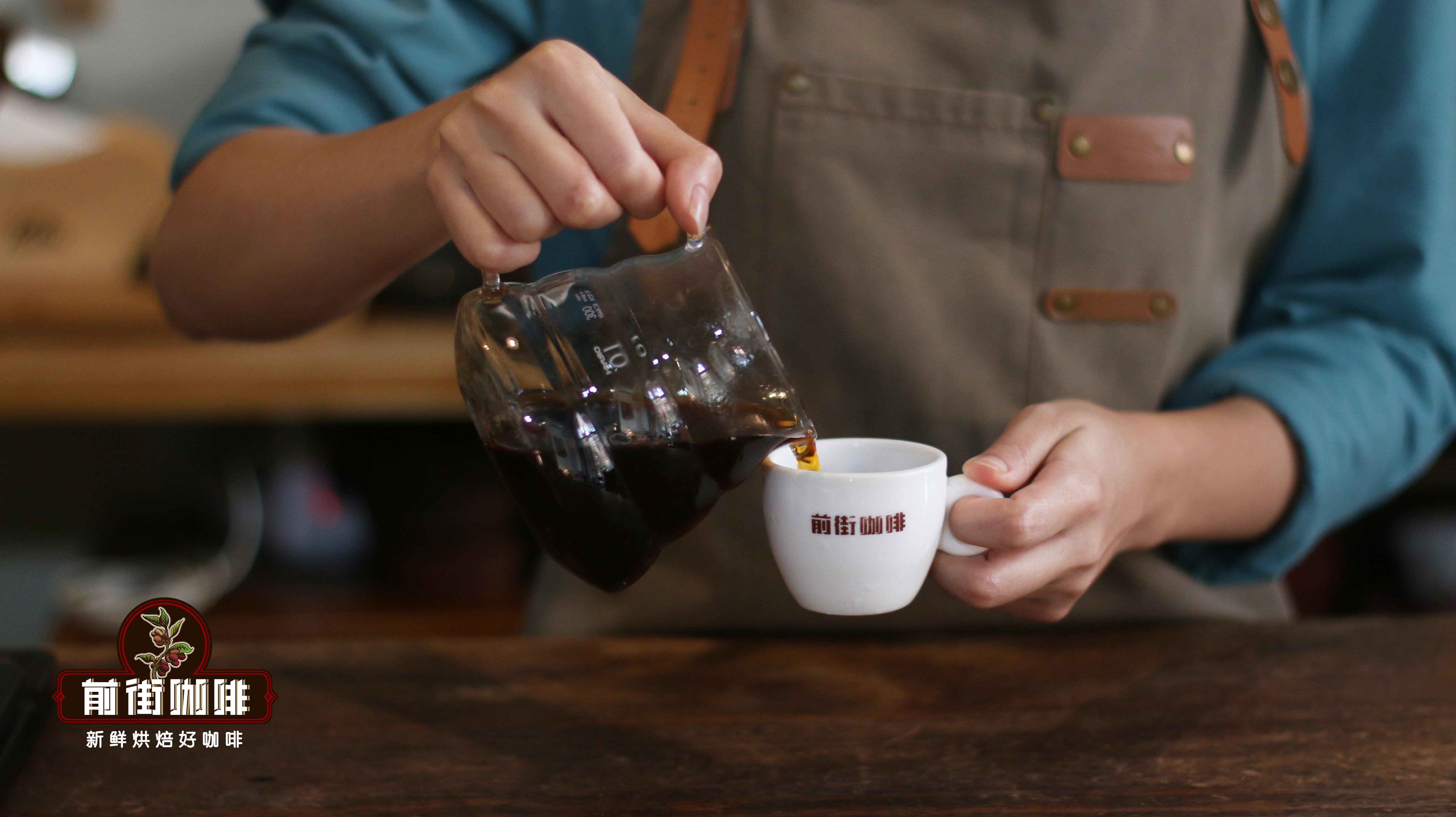
How do you make Sidamo Sakuran coffee?
Filter cup: V60 water temperature: 92-93 degrees Celsius powder: 15g powder-water ratio: 1:15 Grinding degree: fine sugar size (No. 20 sieve bowl sieve powder to 78%)
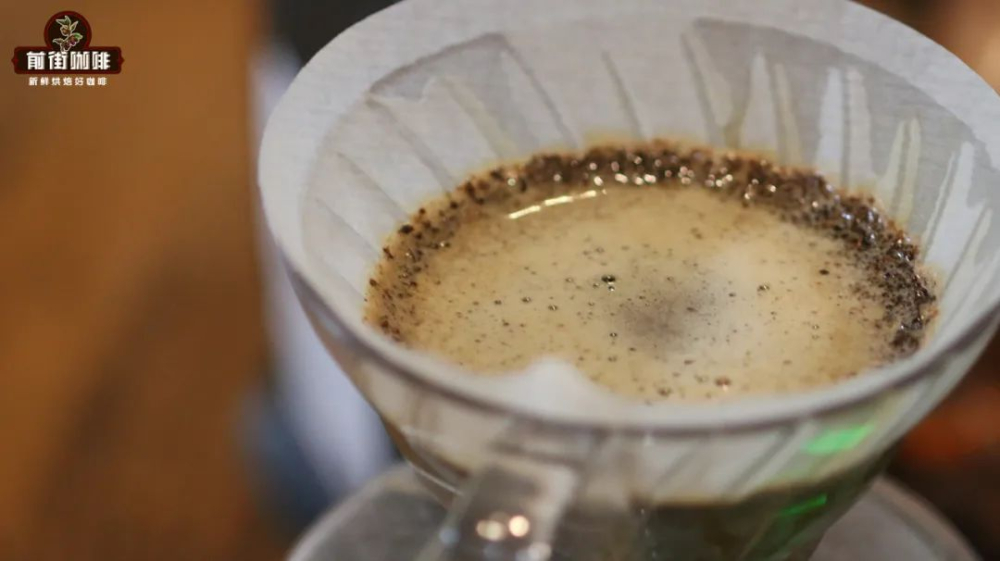
Three-stage water injection: wet the powder bed with twice as much water as coffee powder to form a drum and steam for 30s, then fill the small water from the inside to the outer circle to 125g, wait for the powder bed to drop to half of the filter cup, and continue to inject the same fine water into the third section to 225g, until all the coffee liquid has been filtered and remove the filter cup for about 2 minutes.
Professional coffee knowledge exchange more coffee bean information please follow the coffee workshop (Wechat official account cafe_style)
For more boutique coffee beans, please add private Qianjie coffee on Wechat. WeChat account: qjcoffeex
Important Notice :
前街咖啡 FrontStreet Coffee has moved to new addredd:
FrontStreet Coffee Address: 315,Donghua East Road,GuangZhou
Tel:020 38364473
- Prev
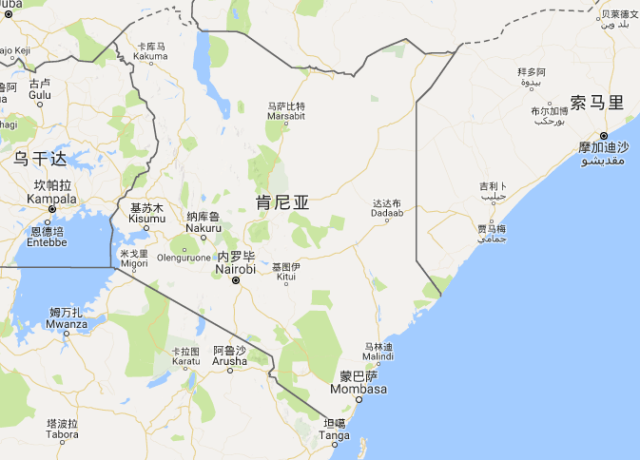
How do African Kenyan boutique coffee beans grow? Introduction of Kenyan boutique coffee bean producing areas.
Bright sour, juicy taste, has always been a unique Kenyan label. Many coffee drinkers are more resistant to sour coffee, but when they drink Kenyan coffee, they will be full of praise. The feeling of being wrapped in the whole mouth like juice, and the tonality of tropical fruit like virgin fruit lingers after drinking it.
- Next

Top African coffee bean brand recommendation, 2020 coffee bean competition African champion coffee beans, top washed coffee beans introduction.
Today, I would like to recommend one of Africa's top coffee beans. It is an African champion coffee bean, Gujiulaga's TOH, which won the championship in the TOH East Africa Harvest Flavor Competition. The full name of TOH is "EastAfricaTasteofHarvestCompetitio."
Related
- Guji coffee producing area of Guji, Ethiopia: Humbela, Shakiso, Wulaga
- What is the most expensive variety of Qiloso in BOP multi-variety group?
- How to store the coffee beans bought home?
- Why are Yemeni coffee beans so rare now?
- Ethiopian Sidamo all Red Fruit Sun Sun Santa Vini Coffee beans
- SOE is mostly sour? What does it mean? Is it a single bean? what's the difference between it and Italian blending?
- Is Italian coffee beans suitable for making hand-brewed coffee?
- How to choose coffee beans when making cold coffee? What kind of coffee beans are suitable for making cold coffee?
- Just entered the pit to make coffee, what kind of coffee beans should be chosen?
- Can only Japan buy real Blue Mountain Coffee? What are authentic Jamaican Blue Mountain coffee beans?

